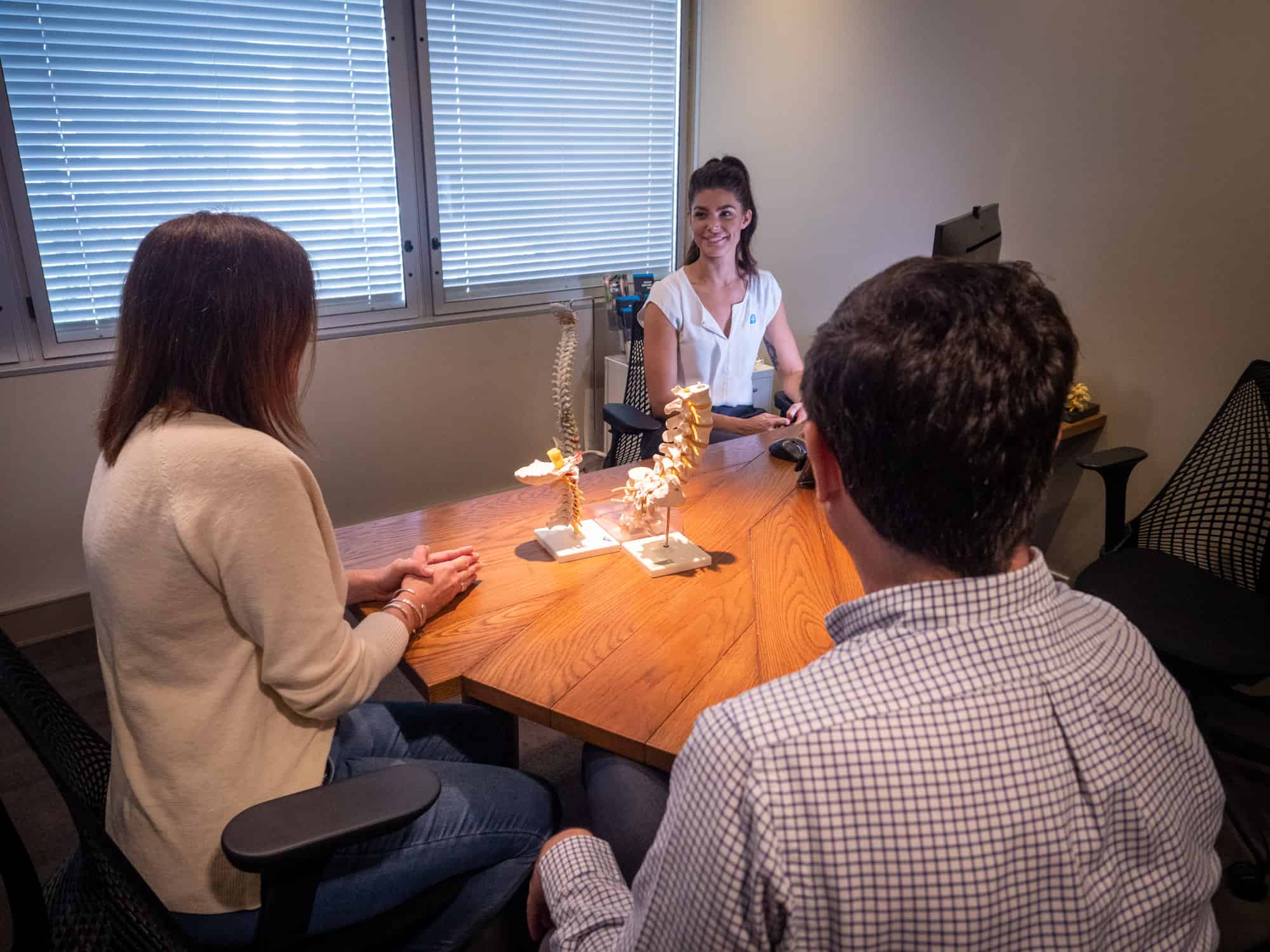The Spine in Duchenne Muscular Dystrophy
Severe scoliosis eventually affects most boys with DMD. Spinal fusion is an effective treatment.
The spine is almost always affected in boys with Duchenne muscular dystrophy (DMD). In the majority, the child develops a scoliosis. This means that looking from the back, there is a sideways curve to the spine. Less often, there is a different curve, called a lordosis. In such cases, looking from the side of the child, the lower back has an excessive forward curve.
Scoliosis in DMD is a problem for a number of reasons. Firstly, it almost always gets worse. Often the curve is mild or absent at the time when a wheelchair is required and then increases quite rapidly, but it is impossible to predict exactly how the spine will behave in each case. Secondly, braces and special wheelchair seats do not stop the scoliosis getting worse. Finally, as the curve increases, it affects the quality of life of the child. It makes comfortable sitting difficult, with a slouch. This is unsightly and painful. The pelvis becomes tilted and uneven pressure on the bottom can cause pain and lead to skin breakdown.
As we can see, scoliosis if untreated, usually progresses to a point where it is a major problem. The only effective treatment is surgery, in the form of fusion of the spine. This is a major procedure, but the idea behind it is quite straightforward. The spine is made up of a number of bones called vertebrae that move on each other. Rods are inserted in the back of the spine and are screwed or wired to the vertebrae to line them up and stop them moving. Bone graft is taken from the child’s pelvis near the hip and often donor bone is used as well. The bone is placed around the vertebrae to encourage them to fuse to one another. Eventually the spine becomes stiff and straight rather than flexible and bent. Before the surgery, the child is admitted to hospital for a number of tests. The operation itself is performed under a general anaesthetic and takes three to four hours. An incision is made on the back from the top to the bottom of the spine. The bones are exposed and the rods and bone graft are put in. The patient is watched carefully in the Children’s Intensive Care Unit for the first day or two, but then is transferred to the ward and is usually well enough to go home after a week. A brace is not needed afterwards.
There are a number of risks to the surgery, but overall these are less than five percent. One of the most serious risks is damage to the spinal cord, which could lead to weakness or paralysis of the legs. Fortunately, the chance of this happening is very minor indeed. A blood transfusion is almost always needed. The donated blood and bone have been carefully stored and tested for diseases, and the risk of catching a disease from them is very small. Because DMD affects the breathing, there can be problems with the child’s lungs after the surgery. These and other risks are carefully explained before surgery.
An important decision is when surgery should be performed. In the past, it was thought the best time was when the scoliosis curve reached about 30 degrees and the lung function was still more than 40 percent of normal. Some surgeons are now performing surgery earlier, when the curve is much smaller. The reason for this is that the operation is easier for the surgeon to perform, with better correction of the curve. As well it is also easier for the child to tolerate, because the lungs are usually not as severely affected at that stage. The best time for surgery is different for each patient and depends on a number of factors.
Overall the surgery has very good results. Patients and parents are generally pleased with the outcome of the operation and would gladly have it again.
